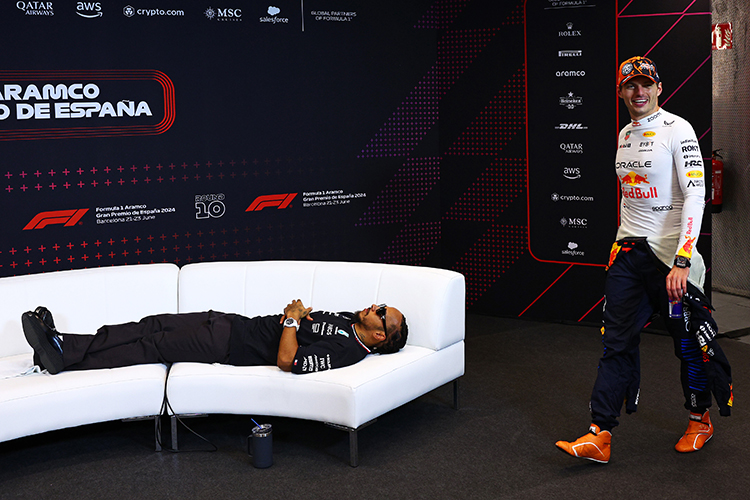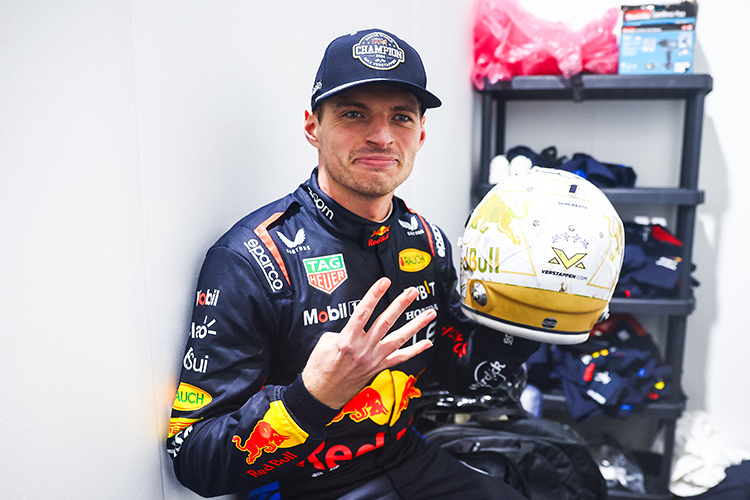How F1 Drivers Prepare Physically for a Season - Formula 1 Training and Fitness

Formula 1 World Champions: A legacy of racing legends
How do F1 drivers prepare physically for a season?
Discover how Formula 1 drivers prepare physically for a season, including their cardiovascular, strength, flexibility, and mental fitness training, along with injury prevention strategies.
Formula 1 drivers are subjected to extreme physical demands, including high G-forces, intense heat, and long race durations. To excel in such an environment, drivers undergo rigorous physical preparation. In this article, we explore how Formula 1 drivers train to stay in peak condition and meet the challenges of each season.
1. The Importance of Physical Fitness in F1
Formula 1 racing is one of the most physically challenging sports, requiring drivers to endure extreme G-forces, intense heat, and long, high-stress race conditions. Drivers are capable of withstanding up to 5 Gs in certain corners. To manage these demands, F1 drivers must be in exceptional physical condition, with a focus on strength, endurance, and stamina. Fitness is not just about performance; it’s essential for the driver’s safety.
2. Cardiovascular Endurance and Aerobic Training
A critical aspect of F1 driver preparation is building cardiovascular endurance. Races typically last around 90 minutes, requiring sustained focus and energy. To improve heart rate efficiency and stamina, drivers engage in aerobic exercises like cycling, running, and rowing. These exercises simulate the physical output required during a race, helping drivers maintain high energy levels and concentration. Virtual reality (VR) training and simulators are also used to enhance mental stamina and replicate race conditions.
3. Strength Training for Core Stability and Neck Muscles
The high G-forces experienced during braking and cornering place immense pressure on a driver’s neck and upper body. To withstand this strain, drivers focus on strength training, particularly for neck and core stability. Neck exercises are vital and often involve resistance bands or weights to improve strength. Core exercises like planks and Russian twists enhance stability during high-speed cornering, giving drivers better control of the car.
4. Muscular Endurance and Full-Body Strength
Muscular endurance is vital for maintaining control over the car and executing fast reactions, especially during sharp turns. Drivers perform resistance training to build strength in their arms, shoulders, and forearms, essential for steering the car under extreme conditions. Lower body strength is also important for balance and pedal control, requiring a combination of strength and flexibility.
5. Flexibility and Mobility Training
Formula 1 drivers maintain a physically demanding position in the cockpit, necessitating significant flexibility in the neck, back, hips, and legs. Stretching and mobility exercises, such as yoga and Pilates, are essential to maintain flexibility and prevent injuries. These routines not only improve mobility but also aid in muscle recovery after intense physical exertion.
6. Mental Fitness: Preparing for Mental Challenges
While physical fitness is paramount, mental fitness is equally critical for F1 drivers. Racing at high speeds requires constant mental focus, decision-making under pressure, and resilience against stress. Drivers use techniques like meditation, visualization, and cognitive training to stay sharp. Many also work with sports psychologists to enhance their mental resilience, ensuring they can perform under the intense pressure of competition.
7. Simulation Training and Race Preparation
Modern simulators play an essential role in an F1 driver’s preparation. These advanced systems replicate race conditions, allowing drivers to practice braking points, cornering speeds, and strategies without the physical toll of actual testing. Simulators also help drivers familiarize themselves with new tracks and car setups, offering a blend of mental and physical training that sharpens their reaction times and race readiness.
8. Nutrition and Recovery
To fuel their intense training and races, F1 drivers follow strict nutrition plans tailored to their needs. Their diets consist of a balance of protein, complex carbohydrates, and healthy fats to sustain energy. Hydration is also crucial, as drivers lose significant fluids during races. In addition to nutrition, recovery is key. Methods like cryotherapy, ice baths, massage, and sleep optimization are integral to ensuring drivers are fully recovered and ready for the next session.
9. Injury Prevention
Injury prevention is a critical aspect of F1 driver preparation. Due to the extreme forces and repetitive motions of racing, drivers regularly undergo physiotherapy and work with sports medicine experts to maintain optimal health. This training aims to prevent muscle strains, joint issues, and other injuries that could affect performance.
Conclusion: The Total Athlete
Formula 1 drivers are more than just skilled racers—they are total athletes who combine physical fitness, mental resilience, and technical expertise to perform at the highest level. Their training regimen is a holistic process that includes cardiovascular and strength training, flexibility, mental conditioning, and injury prevention. This comprehensive preparation allows drivers to face the intense demands of Formula 1 racing and achieve success on the track.
Up Next


